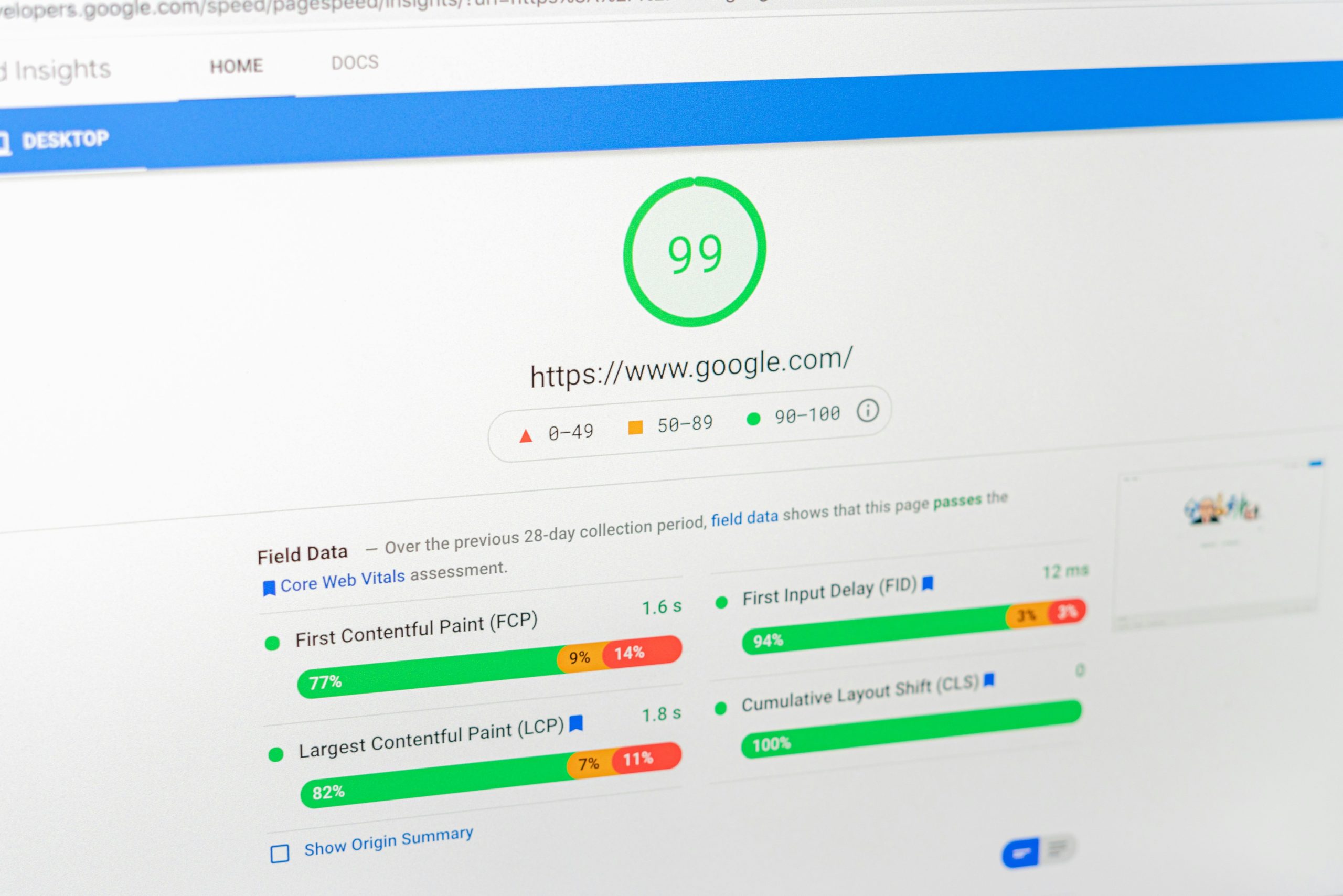“Ever had that heart-stopping moment when you check your credit card bill and see charges you don’t recognize?” Us too. It’s like realizing you’ve been robbed, but the thief is invisible. Fraudulent transactions can wreak havoc on anyone’s financial life, costing billions globally every year. But here’s where theft insurance and secure payment gateways come together to save the day—literally.
Today, we’re diving deep into how secure payment gateway integration not only protects your money but also amplifies the effectiveness of theft insurance policies. In this guide, you’ll learn:
- What makes secure payment gateways so critical for theft prevention
- A step-by-step way to integrate one into your business or personal finance toolbox
- Best practices (and what NOT to do) to ensure maximum security
Table of Contents
- Why Secure Payment Gateways Matter
- Step-by-Step Guide to Integration
- Best Practices for Maximum Security
- Real-World Success Stories
- FAQs About Secure Payment Gateways
Key Takeaways
- Secure payment gateway integration is essential for reducing online fraud and enhancing theft insurance effectiveness.
- The right integration ensures PCI compliance, encryption protocols, and multi-factor authentication.
- By following best practices, businesses can create ironclad defenses against cybercriminals.
Why Do Secure Payment Gateways Matter in Personal Finance?

Let me tell you a story: Last year, I was working with a client who swore their eCommerce website was “safe.” Until they woke up one morning to find unauthorized transactions totaling over $8,000 across multiple customer accounts—all because their outdated payment system lacked proper encryption. Lesson learned? The hard way.
According to IBM’s Cost of a Data Breach Report 2023, the average cost per breach now exceeds $4 million. Scary stuff, huh? Without a robust payment gateway solution integrated into your systems, even theft insurance coverage won’t fully mitigate these costs.
Optimist You: “But isn’t theft insurance supposed to handle all this?”
Grumpy Me: “Ugh, sure—but try proving it wasn’t YOUR negligence that caused the breach.”
Step-by-Step Guide to Secure Payment Gateway Integration
Ready to add a fortress-like layer of security to your finances or business operations? Follow these steps:
Step 1: Choose the Right Gateway Provider
Pick a provider known for high-level encryption standards (e.g., SSL/TLS), two-factor authentication, and regular audits under Payment Card Industry Data Security Standard (PCI DSS).
Step 2: Set Up Encryption Protocols
Ensure end-to-end encryption during transactions by enabling tools like HTTPS redirection and tokenization. This makes stolen data useless to hackers.
Step 3: Enable Multi-Factor Authentication

Nope, passwords alone aren’t enough anymore. Require users to verify identity via SMS codes, biometrics, or mobile apps before approving any transaction.
Step 4: Monitor Transactions for Suspicious Activity
Implement AI-driven fraud detection software to flag anomalies in real-time. Pro tip: Most leading platforms come bundled with this feature.
Best Practices (And What NOT To Do)
- DO: Regularly update plugins and integrations.
- DON’T: Ever share API keys publicly. Seriously. Don’t. I once saw someone paste theirs on LinkedIn—catastrophic.
- DO: Train employees on recognizing phishing attempts. Cyberattacks often start with human error.
- DON’T: Rely solely on free solutions if you’re running a large-scale operation. Invest wisely.
Rant Alert:
*Can we PLEASE stop using weak default passwords like “admin123”? It sounds like nails on a chalkboard every time I hear it.* 🤦♀️
Real-World Success Stories
Take Sarah, an online boutique owner, for example. After integrating Stripe—a top-rated payment gateway with advanced fraud filters—she reduced chargebacks by 75%. Her theft insurance premiums also dropped significantly, as her insurer recognized her proactive approach.

FAQs About Secure Payment Gateways
What Exactly Is a Secure Payment Gateway?
It’s a service that authorizes credit card payments while protecting sensitive information from cyber threats.
How Does It Work With Theft Insurance?
While theft insurance covers losses due to fraud, a secure gateway prevents breaches altogether—reducing claims.
Are All Providers Equally Secure?
Heck no. Always research providers thoroughly. Look for certifications, uptime guarantees, and transparent fee structures.
Conclusion
So there you have it—the ultimate lowdown on why secure payment gateway integration matters more than ever in today’s digital age. By combining cutting-edge technology with reliable theft insurance coverage, you’re creating an unbreakable shield around your finances.
Remember: Like a Tamagotchi, your financial health needs constant care. Invest in securing it today!
Stay safe out there, and may your balance sheets forever be breach-free. 🧮


